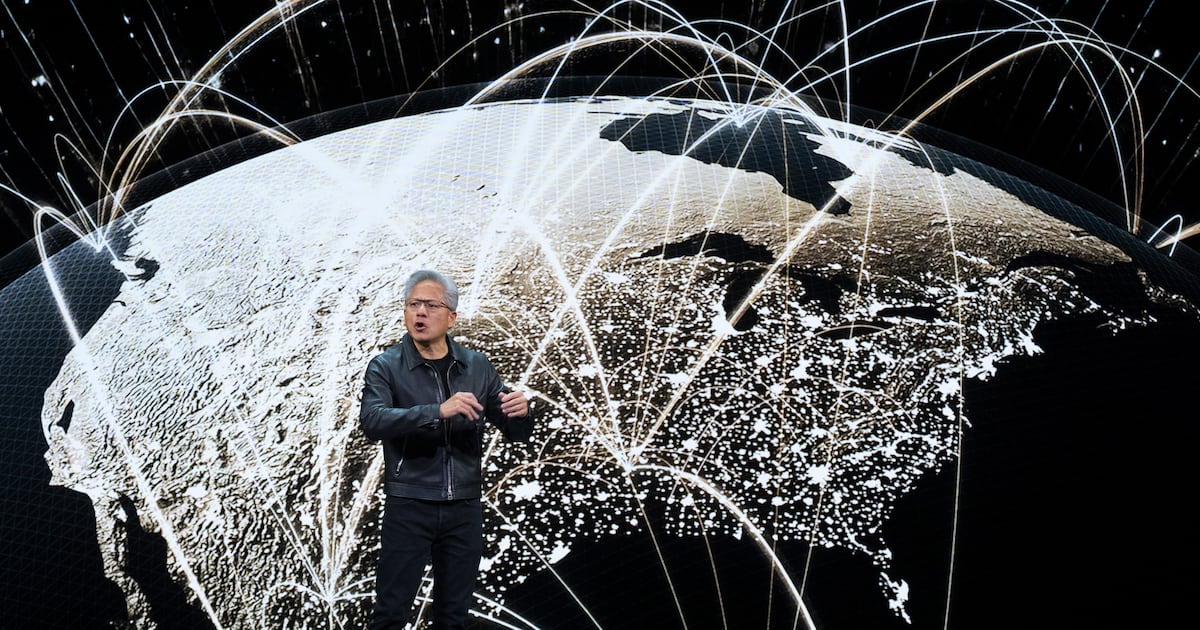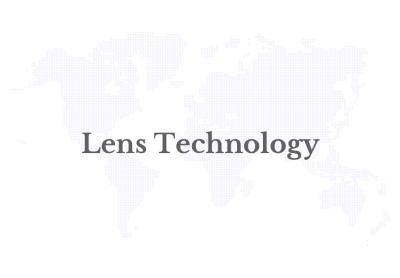Copyright Anchorage Daily News

SAN FRANCISCO - Spending by consumers has dominated the American economy for decades, usually the largest driver of economic growth. But in the first half of this year, spending by companies on artificial intelligence rivaled consumers as the primary engine of the nation’s economic expansion. That startling shift is one of many recent examples of AI’s increasingly outsize role in propping up U.S. economic fortunes - and a sign, some fear, of a soon-to-pop speculative bubble that could cause widespread financial pain. “We’re seeing a massive AI investment boom that is driving a number of statistics to explode,” said Gregory Daco, chief economist at strategy consulting firm EY-Parthenon. The stock market is near record highs, driven by the shares of technology companies that have put AI at the center of their business strategies. Last week, the United States reported that the economy expanded at a rate of 1.6 percent in the first half of the year, with most of that growth driven by AI spending. Without AI investment, growth would have been at about a third of that rate, according to data from the Bureau of Economic Analysis. Despite that outsize role in economic growth, the categories of spending that some economists use as a proxy for AI - investments in computers and software - make up only about 6 percent of the economy, compared with 70 percent for consumer spending. “It’s unusual if you look at the history of these two line items,” said Callie Cox, a market strategist with investment firm Ritholtz Wealth Management. “What drives the economy quarter by quarter is almost always consumer spending.” The huge economic influence of AI spending illustrates how Silicon Valley is placing a bet of unprecedented scale that the technology will revolutionize every aspect of life and work. Its sway suggests there will be economic damage far beyond Silicon Valley if that bet doesn’t work out or companies pull back. Google, Meta, Microsoft and Amazon are on track to spend nearly $400 billion this year on data centers, warehouses of powerful computer chips to power AI software. That massive investment means that AI spending now crackles through energy markets and construction projects far from the Bay Area. All could face economic challenges if the predictions of AI boosters prove overly optimistic and companies cut spending. (Amazon founder Jeff Bezos owns The Washington Post.) Concern about a potential bubble in AI investment has recently grown in technology and financial circles. ChatGPT and other AI tools are hugely popular with companies and consumers, and hundreds of billions of dollars has been sunk into AI ventures over the past three years. But few of the new initiatives are profitable, and huge profits will be needed for the immense investments to pay off. Even some tech figures in the middle of the boom acknowledge there could be a bubble. “There’s definitely a possibility … based on past large infrastructure build-outs and how they led to bubbles, that something like that could happen here,” Meta CEO Mark Zuckerberg said on the “Access” podcast this month. He likened recent AI investment to the massive spending that built out American railroads in the 1800s and internet fiber networks in the 1990s. Both proved to be hugely valuable - but only after initial investment bubbles burst and shuttered many companies. “I’m getting more and more skeptical and more and more concerned with what’s happening” with artificial intelligence, said Andrew Odlyzko, an economic historian and University of Minnesota emeritus professor who has studied financial bubbles closely, including the telecom bubble that collapsed in 2001 as part of the dot-com crash. Some industry insiders have expressed concern that the latest AI releases have fallen short of expectations, suggesting the technology may not advance enough to pay back the huge investments being made, he said. “AI is a craze,” Odlyzko said. The Federal Reserve’s latest “beige book,” summarizing interviews with business owners across the country in August, showed how some industries outside of tech are getting a boost from AI spending. Employment was “down slightly overall, and wage growth was modest,” the Fed report said. But it captured bright spots of growth fed by surging investment into AI data centers. That’s boosting demand for electricity and trucking in the Atlanta region, a hot spot for the facilities, and creating new projects for commercial real estate developers in the Philadelphia region, the report said. Because tech companies now dominate public markets, any change in their fortunes and share prices can also have a powerful influence on stock indexes, 401(k)s and the wider economy. The “magnificent seven” tech stocks - Alphabet, Amazon, Apple, Meta Platforms, Microsoft, Nvidia and Tesla - make up about a third of the total value of the S&P 500. All have told investors their future prospects depend on investing heavily in artificial intelligence. [With Trump’s favor, Nvidia becomes first $5 trillion company in history] Stock market slumps can have knock-on effects by undercutting the confidence of American businesses and consumers, leading them to spend less, said Daco, the economist at EY-Parthenon. “That directly affects economic activity,” he said, potentially widening the economic fallout. Although major tech firms have healthy existing businesses, maintaining the current pace of AI spending for several more years could force them to take on debt, said Jason Thomas, head of global research and investment strategy at investment firm Carlyle. Goldman Sachs analysts wrote in a Sept. 4 note to clients that even if AI investment works out for companies like Google, there will be an “inevitable slowdown” in data center construction. That will cut revenue to companies providing the projects with chips and electricity, the note said. In a more extreme scenario where Big Tech pulls back spending to 2022 levels, the entire S&P 500 would lose 30 percent of the revenue growth Wall Street currently expects next year, the analysts wrote. Zuckerberg said the risks are greatest for large private companies that do not have profitable businesses and rely on venture capital funding to fund their operations. ChatGPT maker OpenAI is the most prominent example. If investors become more cautious with funding, due to concerns about AI or wider economic conditions, “It could be impossible to fulfill” big AI start-ups’ demands for access to expensive data centers, Zuckerberg said. The Post has a content partnership with OpenAI. A deal announced last week that will see AI chipmaker Nvidia invest $100 billion into OpenAI, one of its most prominent customers, has fueled concerns about the sustainability of AI infrastructure spending. Some analysts warned clients that the potentially circular arrangement could contribute to any bubble in AI investment. Nvidia CEO Jensen Huang said on the “BG2” podcast Thursday that the company invested in OpenAI purely because it believes the start-up will become one of the biggest companies in the world. “The return on that money is going to be fantastic,” he said. As during previous tech booms, venture capitalists are competing to invest in the hottest AI start-ups, driving up their valuations into the billions of dollars. Many start-ups offering AI products such as computer code generation will have to raise prices down the road if they ever want to make a profit, just as an earlier generation of upstarts once did, said Jenny Xiao, a partner at venture capital firm Leonis Capital. “You definitely have to get subsidies from your [investors], and we’re seeing a dynamic very similar to the early days of Uber and Lyft,” Xiao said. Uber first became profitable in 2023, 14 years after it was founded, but the company has made rides more expensive than they once were. Spending heavily still makes sense for companies trying to capture the fast-growing market for AI tools, Xiao said. “There’s a land grab logic.” Many entrepreneurs remain undaunted by warnings AI excitement has become overheated. “We’re just in the experimentation phase; we’re not even in mass deployment yet. Most of the world is not using AI like they are using cellphones,” said Andrew Feldman, CEO of AI computer chip company Cerebras. “I think there’s certainly a case for which AI is under-hyped.” - - -



